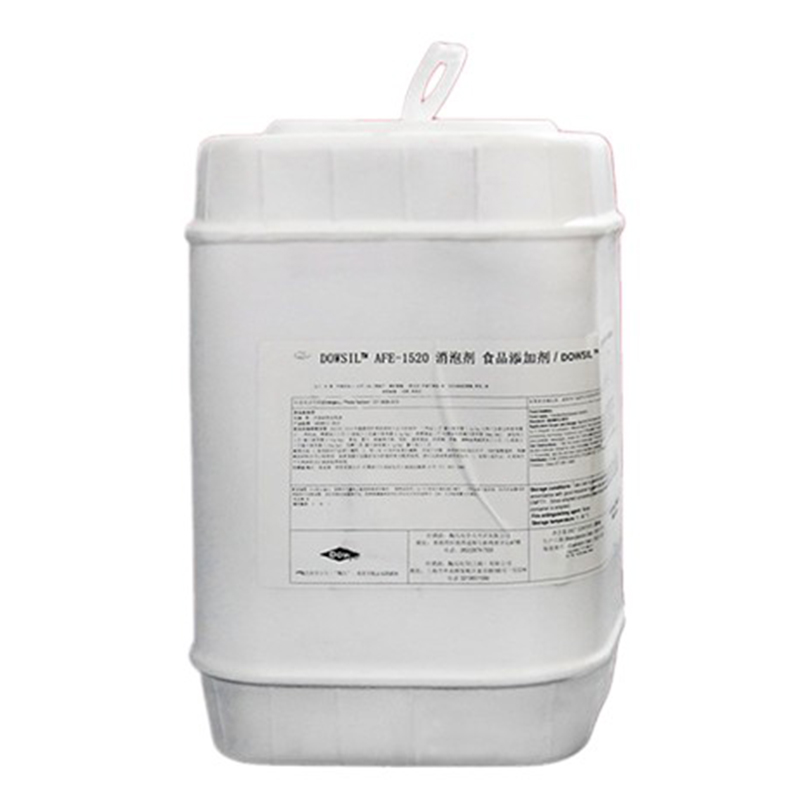What Is Antifoam?
Antifoam is a chemical additive designed to prevent or reduce foam formation in industrial liquids. Foam often appears during mixing, fermentation, or pumping processes, and if not controlled, it can lead to production inefficiencies, contamination, or product loss. In sectors such as pulp and paper, food and beverage, pharmaceuticals, and wastewater treatment, antifoams play a crucial role in maintaining stable and efficient operations.
Table of Contents
How Antifoam Works
Foam forms when gas becomes trapped in a liquid, stabilized by surfactants or impurities. Antifoams work by spreading rapidly over the foam surface, destabilizing the bubble walls, and collapsing them. In addition, antifoams reduce the liquid’s surface tension, preventing new foam from forming. This dual action makes them effective at both controlling existing foam and inhibiting future foam buildup.
Common Types of Antifoam
Silicone Antifoam
Highly efficient at very low concentrations, silicone-based products such as Momentive sagtex™ phd are widely used in industries like pulp and paper, chemical processing, and wastewater treatment. They resist high temperatures and provide long-lasting performance.Food-Grade Antifoam
Specially formulated for applications where safety and regulatory compliance are critical. For example, Dowsil afe-1520 is a food-grade, self-emulsifying antifoam commonly used in beverage processing, edible oil refining, and dairy production.Oil-Based Antifoam
Mineral or vegetable oil-based products with added hydrophobic particles are effective in paper manufacturing, fermentation, and textile dyeing.Water-Based Antifoam
Emulsions that are easy to dilute and disperse, suitable for systems with high water content, including food and beverage processes.
Applications in Industry
Pulp and Paper: Controls foam during pulping, bleaching, and coating to ensure smooth operation.
Food and Beverage: Prevents foam in brewing, juice production, dairy, and edible oil refining where hygiene is essential.
Pharmaceuticals: Ensures sterile and contamination-free production by preventing foam overflow in reactors.
Wastewater Treatment: Minimizes foam in aeration tanks and biological treatment plants.
Chemicals and Coatings: Stabilizes production processes where excess foam would interfere with product quality.
Advantages of Using Antifoam
Improved Productivity: Prevents downtime caused by foam overflow.
Enhanced Quality: Ensures consistency in food, pharmaceutical, and chemical products.
Cost Efficiency: Reduces waste and maintenance expenses.
Regulatory Compliance: Food-grade antifoams meet safety standards for sensitive applications.
Choosing the Right Antifoam for Your Needs
When selecting an antifoam, consider factors such as process conditions, compatibility with the system, regulatory requirements, and dosage efficiency. For example:
Momentive SagTex™ PHD: Ideal for pulp and paper industries where resistance to high temperatures and chemical variability is essential.
Dowsil AFE-1520: Suitable for food and beverage processing thanks to its food-grade, self-emulsifying formulation.
Working with a reliable supplier ensures you get the right antifoam tailored to your industry’s requirements.
Conclusion
Antifoam is indispensable in modern manufacturing, providing reliable foam control across industries ranging from pulp and paper to food and pharmaceuticals. By preventing foam-related disruptions, products like Momentive SagTex™ PHD and Dowsil AFE-1520 help companies achieve efficiency, product quality, and compliance with industry standards. If you are seeking a trusted antifoam supplier offering OEM/ODM solutions, choosing the right partner ensures consistent performance and long-term value for your business.

Previous: How Does Antifoam Work?



